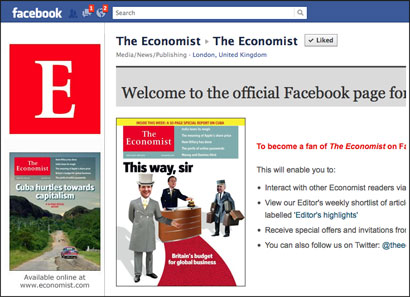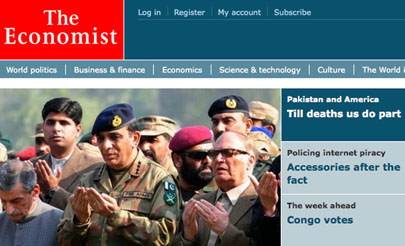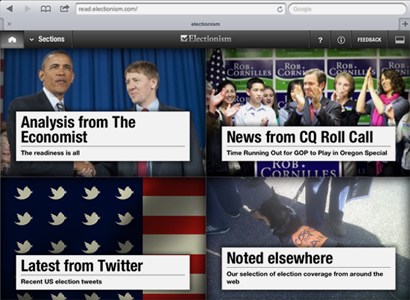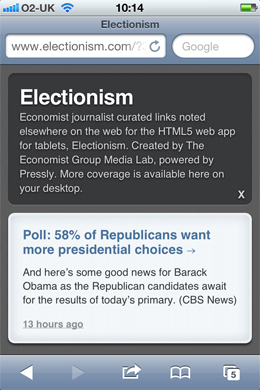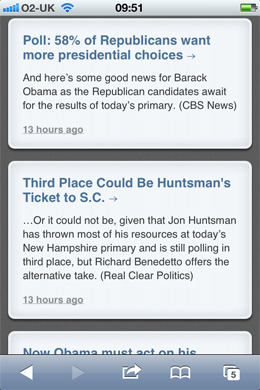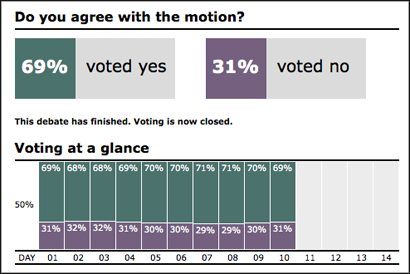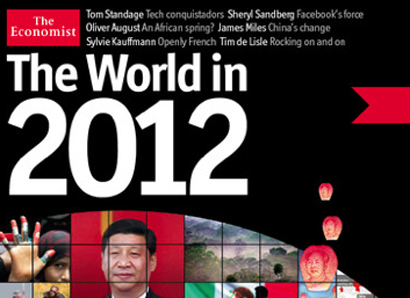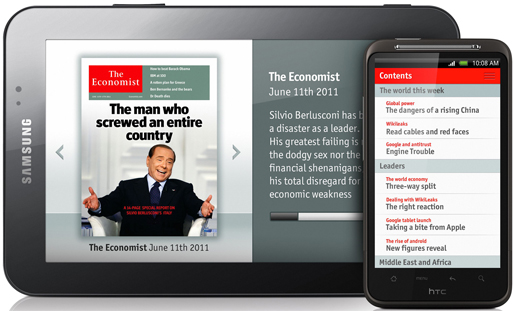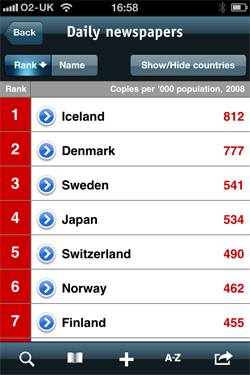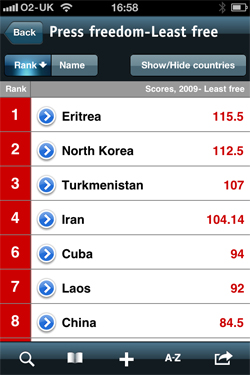The Economist and Future Publishing took away the most prizes with two awards each at the annual British Media Awards last night.
The Economist was named Media Company of the Year, for being what judges described as “a global leader in publishing and a trendsetter among brands with a foot still in the print world but looking with confidence into a digital future.”
They also received an award for Online Advertising Innovation.
Future Publishing’s N-Photo magazine won two categories, Social Media and Marketing Innovation and Consumer Magazine Innovator of the Year.
In an article on TheMediaBriefing, which runs the awards, Neil Thackray, awards judging committee chairman and Briefing Media co-founder said:
These awards represent the best of innovation in British Media.
And they illustrate how the industry is changing: the lines between media owner, technology company and agency are becoming blurred and the British Media Awards simply celebrate the best media ideas, brands and products, wherever they come from.
The full list of winners is below:
- Social Media and Marketing Innovation: N-Photo, Future (Highly commended:Huffington Post UK)
- Online Advertising Innovation: The Economist, for its Phillips campaign
- Paid Content Innovation: Lloyds List Group, Informa Business Information
- Most Innovative Technology for Media Owners: ScribbleLive
- Consumer Magazine Innovator of the Year: N-Photo, Future (Highly commended: The Economist)
- B2B Innovator of the year: Estates Gazette, Reed Business Information
- Best Use of Mobile: British Journal of Photography, Incisive Media
- Commercial Team of the Year: InSkin Media
- Digital Media Innovator of the Year: InSkin Media (Highly commended: Huffington Post UK)
- Media Innovator of the Year: Carla Buzasi, Huffington Post UK
- Media Company of the Year: The Economist
- Overall Media Innovation of the Year: InSkin Media
